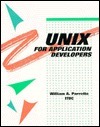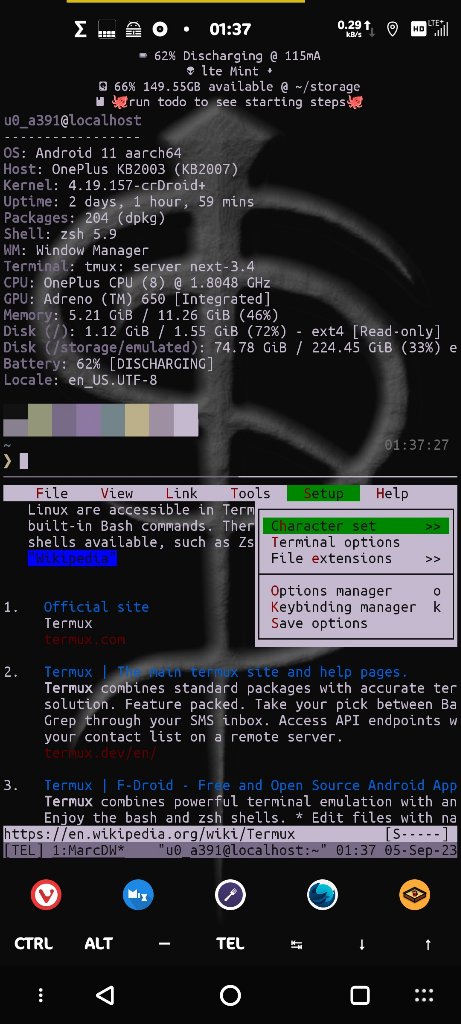

I have Fedora KDE Plasma Mobile Spin on a ThinkPad X1 Yoga Gen 3. I kinda like it. Initially rotation wasn’t working but once fixed it was cool.
Had also tried KDE Neon but don’t recall why I went back to Fedora.


I have Fedora KDE Plasma Mobile Spin on a ThinkPad X1 Yoga Gen 3. I kinda like it. Initially rotation wasn’t working but once fixed it was cool.
Had also tried KDE Neon but don’t recall why I went back to Fedora.


SoftMaker Office is what I’ve used on Linux for lots of years. Has served me well.
I used Garuda in the past and was impressed. What’s cool is they have a bunch of ther own services in addition to Lemmy.
Garuda Linux | Startpage - https://start.garudalinux.org/
True. Luckily I don’t have anything large (4GB+). I do plan to change the filesystem. I forgot to mention that I used to have Windows 7 on that old laptop. The other reason why the shared partition was FAT32/vfat.
Sorry for the really late response. Since one of the OSes is BSD I have one shared FAT32 partition mostly for basic getting-things-from-one-to-the-other stuff. Far as I know OpenBSD does not support ext4 (at least not r/w). It does support ext2.
Since all three OSes have the Nextcloud client it would have been cool to have its directory on a shared partition to reduce redundancy.
I may change things up, format it to ext2 and see if I can use it to share Documents, Music, Pictures, and Video across all three OSes. Maybe.
I have a triple boot laptop with MX Linux, Void Linux, and OpenBSD on an old laptop where VMing wouldn’t work so well.
As others have pointed out a shared home directory is not a good idea. Shared data (documents, music, images, etc.) would be fine as mentioned previously.
I have/had a bunch of these books. Some got lost but I have the electronic versions of them.
This is one other book I fondly remember. UNIX For Application Developers. From 1991 I think. I vaguely remember a statement in the intro along the lines of Windows being user friendly but UNiX being expert friendly. :-)

Couldn’t find a better image.


Way back when DOSLinux existed the dev provided a Midnight Commander with a fully loaded F2 menu as well as setup associations. Could literally do almost anything and everything from within the file manager. I later moved the configs over to Slackware and pretty much lived in MC to get things done. At some point the MC code reduced the number of entries in the F2 menu so I would have to rebuild it to remove the limitation.
No longer use it like that today but MC is used constantly for file management locally and remotely (mostly to a Kodi box).
Using OFMs (Norton/Volkov/Midnight Commanders and FAR) has always been easier and faster to use than Explorer-style GUI FMs for me.
Oops, sorry. 😬
If one decides to mess with it, some notes. Last release was awhile back. I don’t use Android 12/13 so no idea how well it works there.
Tel and Tel:API have same package names as Termux and Termux:API. Meaning there should be no trace of Termux on system before trying.
Not really battery friendly when using the default status info up top.
Powerful command line environment. Recommend that one is familiar / comfortable with the CLI.
Can use it as a launcher also I guess. Termux Expert Launcher.

Been awhile since I did that but it was really cool. An Xfce desktop from the phone onto my TV. Time to revisit that and play around some.


I temember when Slackware still included it. Used to recompile any apps that still supported the toolkit just to have a better look and feel. I miss OpenWindows.


NsCDE is my desktop on Slackware, Slint, Void, and OpenBSD. I guess I’m most comfortable with it.
Currently… Slackware on main laptop. Slint (Slackware-based) on mini-pc. MX Linux (fvwm respin), Void, and OpenBSD on old laptop. NsCDE is desktop on all except MX.
Void is NOT based on Arch. It was an original distro created by an ex-NetBSD dev. But yeah, I’d recommend it too.